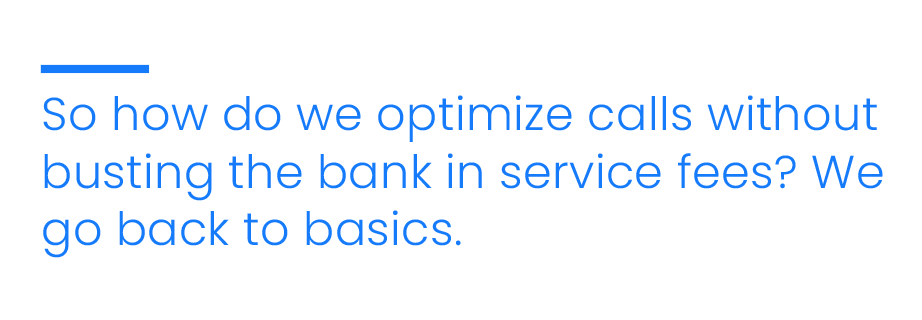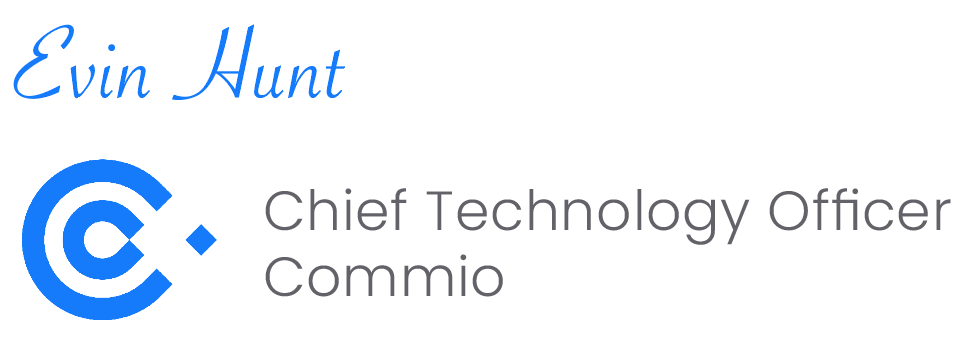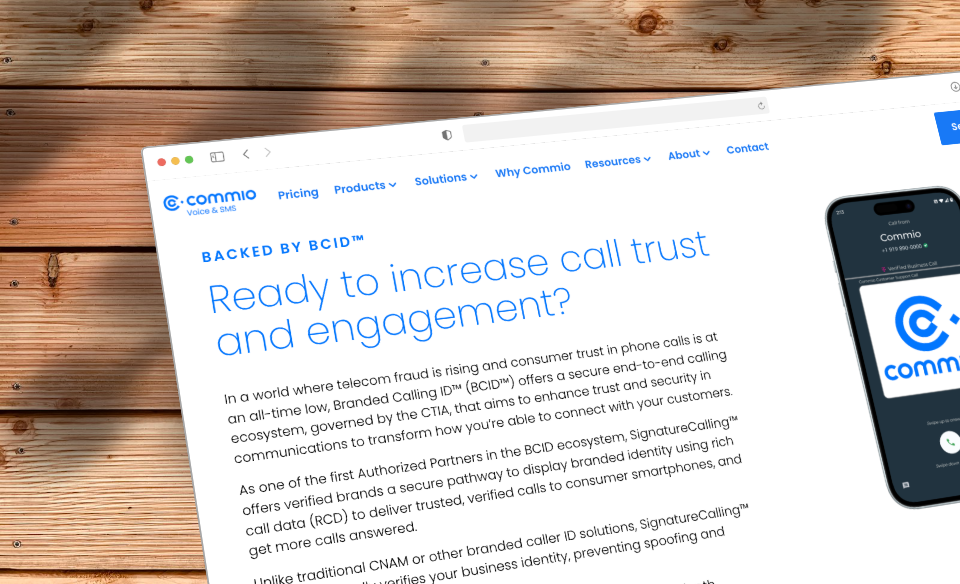
Dear Reader:
The world of technology is changing at an ever-increasing pace, and telecommunications are no exception. It seems just yesterday that we had Ma Bell and only Ma Bell, calls went through or they didn’t, the audio quality was fine or “let me call you back.” It was what it was. It wasn’t perfect, but it was easy.
Along with change comes an amazing array of capabilities, as well as heightened expectations.
With the majority of calls now traversing the cloud, there’s little need for physical lines. Whether you run a call center, offer a SaaS platform, or manage an enterprise, you can pick and choose from a myriad of providers, better control the price point, and select from an assortment of options. Voice  (and messaging!) can be plugged into any application and added to platforms, expanding our opportunities to communicate with customers and keep them up to date in a more timely manner.
(and messaging!) can be plugged into any application and added to platforms, expanding our opportunities to communicate with customers and keep them up to date in a more timely manner.
Customer experiences have improved and, with them, expectations have grown. In fact, customers now expect to be kept informed, via their preferred method of communication. Calls must be delivered and the audio must be clear. Poor audio can hurt your brand. An outage can cost thousands of dollars — or more.
So how do we optimize calls without busting the bank? We go back to basics. This eBook focuses on the core technologies around voice in the cloud that help ensure you stay up and running. Carrier redundancy is critical. If a carrier has issues or goes down, you need to be able to switch to another carrier almost seamlessly; and with so many options available, there’s no reason to limit yourself to one or two! Intelligent call routing is also important. Most providers offer least cost routing, which uses machine learning to help you get the least expensive routes. A provider with intelligent call routing looks for both the lowest cost route and the route with the best quality audio.
When there is an issue, the only option is typically to submit a support ticket and cross our fingers…we all have war stories! Not all support is created equal, though; we’ll tell you some things to look for when choosing a provider. First and foremost? Transparency and control — i.e., the ability to identify the source of your issue on your own and switch to another carrier in mere seconds.
Last, we’ll take a look at how to deal with spam labels, fraud, and the latest regulations, because nothing will derail your calls — or your budget — like these issues can.
The good news is that today you can pick the best provider and simply plug it into your platform without losing any of the bells and whistles. It’s worth taking the time, then, to understand your options and pick the best voice provider to power your voice, your brand, and your customer experiences.
Questions? Contact us. At Commio, we’re always happy to help.

See also: eBook Introduction | Calling in the Cloud (Outbound/Inbound/Toll-free) | Intelligent Call Routing | Redundancy | Transparency and Control | The Calls Nobody Wants (Spam, Stir/Shaken) | Toll Fraud Mitigation | When Your Calls are Marked as SPAM | E911















